Do you have any idea how much of your prepper knowledge is actually recorded in your head and nowhere else? I’m talking about details that you think are common knowledge but aren’t actually common among those in your survival party. If you are the key member of the group—the one who has done the lion’s share of planning and training, it’s likely that others don’t know as much as you think they know or that they will be able to remember as much as you think they will. If you drop off your twig unexpectedly or suffer a mentally-incapacitating illness or accident prior or during a SHTF event, that lack of knowledge among the rest of the group may be their unforeseen Achilles heel.
A recent change in my health, in addition to my advancing age, convinced me that I needed to view my survival preparations from the perspective of not being there to carry out the plan as the primary leader. Would my family be able to put to use all that I had planned for? Of what value are decades of planning and preparations on my part, if I have failed at passing on sufficient knowledge for them to survive without me?
A surprising number of survivalists have military or government employment backgrounds. This topic is nothing new to them. They are already aware of the central role of operating procedures or operating instructions in government organizations. The same is true of those who have worked in civilian organizations such as law enforcement, hospitals, and in industries that handle hazardous materials or carry out functions that, if done improperly, can get someone hurt or killed.
If you’ve been around operating instructions in those settings, they probably left a bad taste. You have memories of the excessive bureaucratic nonsense and overkill that is invariably the product of governments and large organizations. However, you are in charge now. You can compose operating instructions that are meaningful to you and your loved ones or survival group.
This blog post has been written to help you understand why you need operating instructions, what good instructions contain, and how to write and maintain your own set of instructions. A short trip to the office supply store and some head-scratching time can produce a good set of operating instructions. The result is that it will minimize the impact of your loss to the party, should something unforeseen occur, such as you being separated from the group. Reviewing them with your family or group and securing the collection in a common area will give you the peace of mind that comes from knowing that the ship won’t go down if it loses the captain.
Let’s sell you on the idea by choosing a common topic area of survival preps— emergency water supplies. You’ve done your homework. You read and studied and then purchased what you needed to process and store water for hard times. You now have a solid collection of storage containers filled with potable water, and you have the tools required to treat the water and access it when needed. Job well done! However, if the information in your head is not also stored so that others can access it, your diligent preps may suffer a potentially fatal and certainly inconvenient end result. If all the knowledge that remains in your head remains only in your head, your spouse and children as well as any others who may be depending upon that water are left on their own.
Are we making too much of this? Not at all. Having great storage containers filled with water is of questionable worth, if the group that needs the water does not know where they are stored. Are there items critical to purification or filtration? Where, what, when, and how? Sure, you told some of them or all of them. Or did you? Do they even remember? If you stored water, was it safe to drink to begin with? What date did you fill the containers? Where is that special tool needed to open the containers without damage to the container itself?
These are the sort of details that are just as important as the physical water itself. You spent many hours and many dollars putting your plan into place. It would be a shame to see the plan crippled by something as simple as a bit of paper that could serve as a reference and resource.
As much as I don’t miss the overarching bureaucratic mess of keeping up with all too many “OI’s†when I was in the military, I did learn some valuable things. An old sergeant once chewed me out for being such an idiot as to assume something. He said, “Do you know what ASSUME stands for, Dummy? ASSUME is making an A** out of U and ME.†Don’t assume anyone knows what you know or will remember what you have taught them.
Parts of a Good Instruction
A good operating instruction should be written to enable the reader to carry on the activity area covered in the instruction without you. There are some areas that are more important to cover than other areas. This list is not all-inclusive. Think of it as a minimum. You can add other information, of course, but here are some suggested minimums, drawn from instructions common to military organizations.
Title: In our example, this would be something like “Emergency Water Storage and Purification.â€
Purpose Statement: Yes, you really need to cover this. Don’t assume everyone who needs to know the information is clear about the purpose of the instruction. In our example, it might be something like, “This instruction covers the amount and location of water currently stored at our home, in our vehicles, and at our safe location. It also covers the purification methods, chemicals, and equipment needed to purify water dispensed from the containers and to fill them. The sources we are planning to use to obtain water locally, while traveling, and at the safe location are listed, as are vendors and sources for replacement supplies.â€
Explanation of Terms: You might readily understand what a bung wrench is. Don’t assume your spouse or teenager knows. When you use the term “chlorine powder†you need to explain if it is labeled by another chemical name, such as calcium hypochlorite. To identify the terms you need to explain, walk yourself mentally through the process as though you were explaining it all to a non-prepper. This list of terms and their explanations is where you can also make things absolutely clear. “Blue storage container†might seem obvious, but if you have used different sizes and that info is important, the explanation might be better as, “Water storage container. Blue plastic. Twenty-eight, 5 gallon cubes. In basement at safe spot location.â€
Responsibilities: This is where you can use the operating instruction to serve as a diagram and flow chart as well as assign duties. In our example, this might designate your two older sons as those charged with checking the freshness of stored water and replenishing it at specific intervals of time. In a very real sense, think of it also as a letter of last instructions—using your position as leader to pass the torch to someone else. Who is to take over the primary role in both maintaining the instruction and supervising the knowledge area and task?
Policy: This is where you can discuss in detail the “how, when, and where†of the subject. It’s where you delineate specifics and address multiple locations, or variances in the policy. A good instruction will address all locations, tools, supplies, and procedures used or needed. How is the water to be disinfected? How often? With what? How much of the chemical? Where are the supplies and tools stored? This is the meat of the operating instruction. Imagine yourself instructing someone in how to carry out the task by making a YouTube sort of how-to video. “Policy†would be the transcript of that video.
References and Attachments: This is the place where you can list important information that the reader can go to or needs for further information than what is provided in the policy. In our example, references might include a cross reference to a household inventory list of all supplies. It might include a list of vendors of water supplies or a material safety data sheet concerning the chemicals that are used. Owner’s or technical manuals for equipment, for example, might also be included. You may find it handy to make those references that are not other operating instructions, themselves, attachments to the instruction.
Date of Instruction and Review: This is where you indicate the creation date of the operating instruction. This is more important than usually realized. It tells the reader the currency of the information. Imagine picking up a book that looks like current information and then noticing that it was written fifty years ago and has been updated. You might have doubts. You would have doubts.
You should have an area that will allow you to indicate that you have reviewed it and the date you most recently reviewed it. You should also indicate if you made changes. If you are listing changes, it is likewise critical that you cross out the information changed in the instruction. You want to insure that it is clear what is no longer current or to be followed. You can write in the new information, legibly, rather than edit and reprint the instruction, although the neat-freaks among us might choose to revise a saved electronic copy that was used to print out the hard copy.
Frequency of review depends on how critical the information is or how often it is subject to change or updating. Once per year is usually sufficient. It is not so often to become burdensome or skipped, and not too infrequent so as to miss changes that need to be changed or updated. An exception is when you make changes to preps that need to be updated right away. For example, if you just changed your method of water purification; that is something important enough to justify making the changes right away. It would be hard to purify water with supplies or equipment you no longer possess or intuitively to know how to use new supplies or equipment.
Location(s) of Instructions: The purpose of this area is to handle the situation of multiple copies of the instruction. Perhaps you have a second copy of the operating instruction binder at your safe location or a copy in your bug-out vehicle. Listing them here is critical, so that you don’t overlook a copy when you are changing any information in the instruction. Keep in mind that multiple copies are not always better that one. The more is not the merrier; they all have to be kept current, with none overlooked. The fewer copies, the more likely you will not overlook updating all copies and that the info the reader has at the time of need is current and correct.
Log: This is my own preferred last item in the instruction, not a normal inclusion in military operating instructions. It is simply an area that I can annotate my thoughts and date them. “Reviewed but no time to update yet. I think the information on chlorine use might be out of date, or even incorrect. I need to get this information ASAP.†This is then followed by a date and initials. It lets the reader know that you were in doubt and had plans but had not gotten around to carrying them out. It allows for adding important information short of a formal review. It gives an opportunity to add or modify to some extent without formal review and editing.
Your Brain On Paper—How to Write Useful Operating Instructions, by M.R. – Part 1http://bit.ly/18u3LXk
#preppertalk
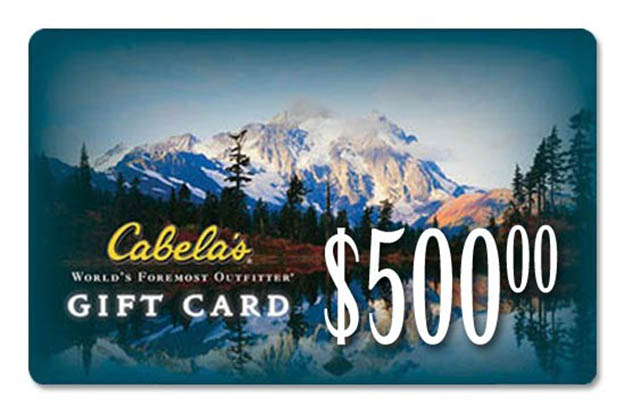
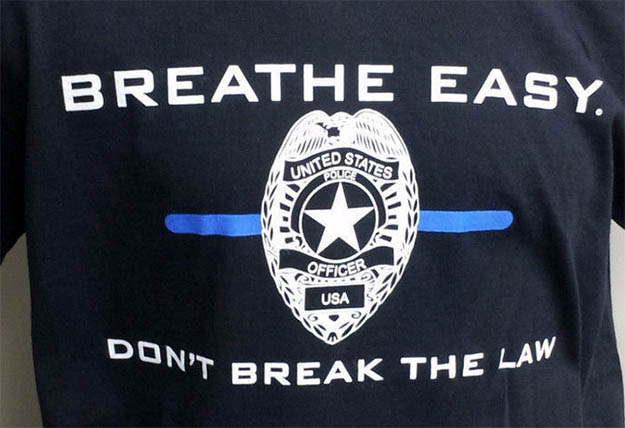




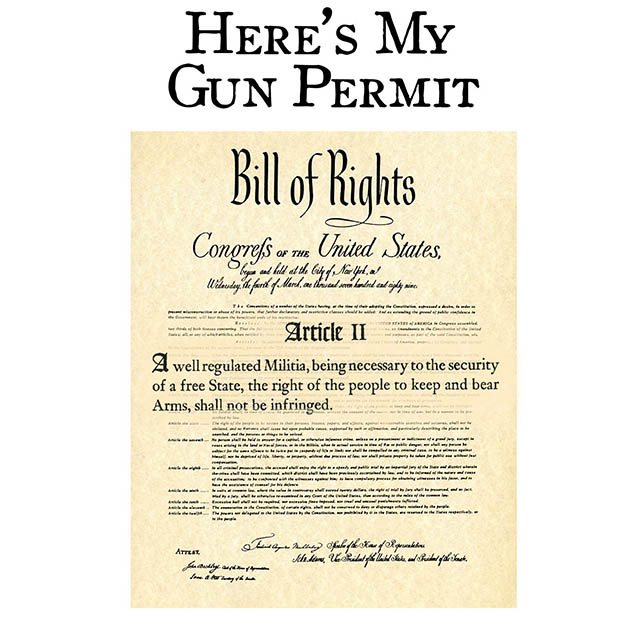









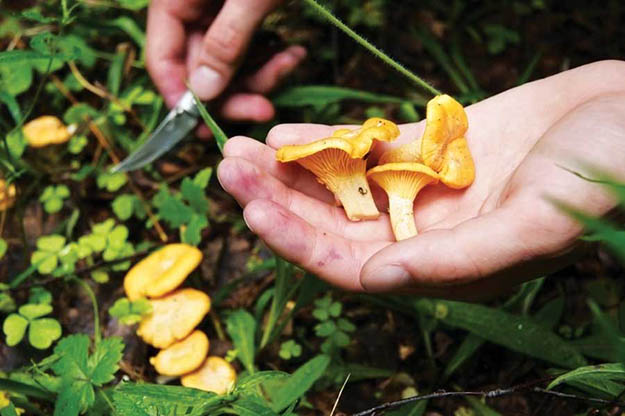




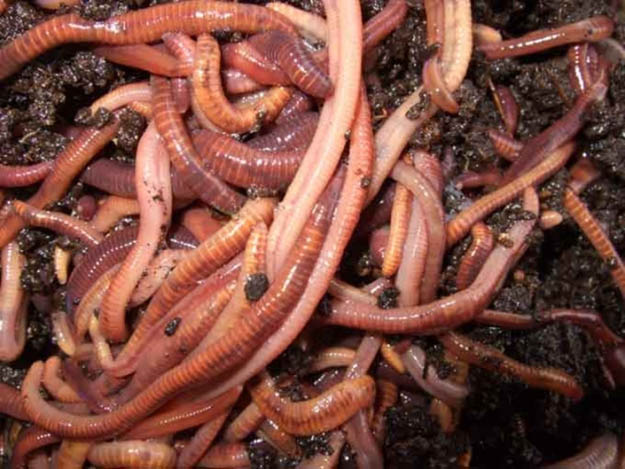

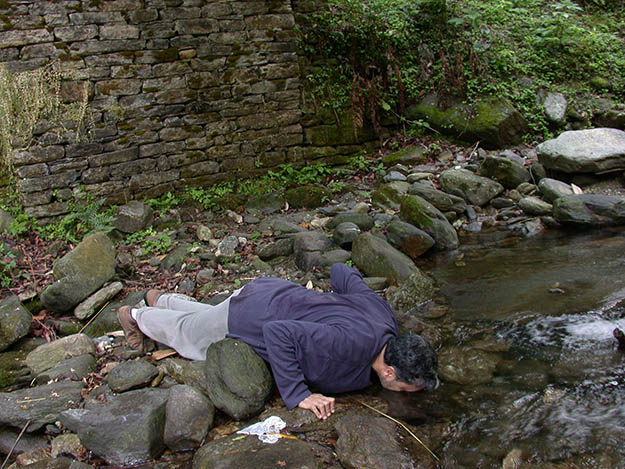
 (Researchers say major cities will be overrun during a major crisis like a virus outbreak)
(Researchers say major cities will be overrun during a major crisis like a virus outbreak)





